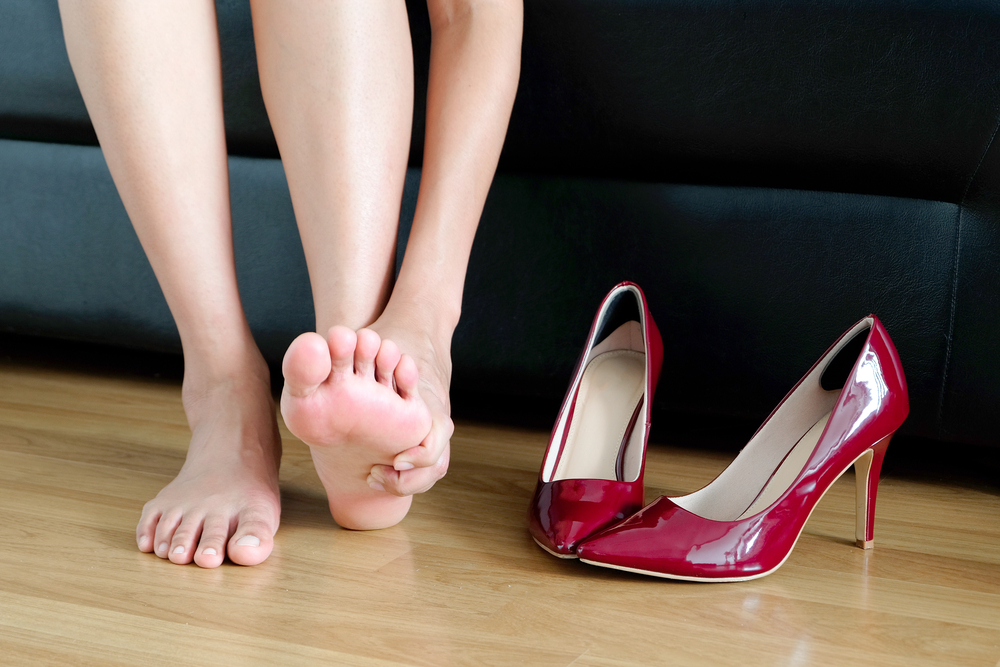TREATMENT
1. Heel balms or thick moisturizers
The first line of remedy for cracked heels is the usage of a heel balm. These balms include elements to moisturize, soften, and exfoliate dead pores and skin. Look out for the following components:
- Urea (Flexitol Heel Balm)
- Salicylic Acid (Kerasal)
- Alpha-Hydroxy Acids (Amlactin)
- Saccharide Isomerate
You can find those heel balms over the counter at a drug store or on-line.
Some heel balms may additionally cause minor stinging or infection. This is normal. Consult your physician if the balm continues to bother you or causes extreme reactions. Severe cases of cracked heels may require a prescription-only balm or steroid cream to help lessen irritation and relieve itching.
2. Soak and wash your feet
The skin around cracked heels is often thicker and drier than the rest of your skin. This skin has a tendency to split while you have pressure. Soaking and moisturizing your toes can help with this. Here are a few tips.
For a foot soak:
- Keep your toes in lukewarm, soapy water for up to 20 mins.
- Use a loath, foot scrubber, or pumice stone to cast off any difficult, thick skin.
- Gently pat your toes dry.
- Apply a heel balm or thick moisturizer to the affected region.
- Apply petroleum jelly over your feet to fasten in moisture. Put on socks to keep away from spreading any grease round.
- Avoid scrubbing your toes after they’re dry. This increases your risk for broken skin.
- You also can try moisturizing heel sleeves. These have a comparable effect to foot soaks. The sleeves are like socks that contain therapeutic oils and nutrients to assist deal with your dry pores and skin.
3. Liquid bandage
You can also use liquid bandage to cracks to seal the wound and save you infections or further cracking.
Apply liquid bandage to smooth, dry pores and skin. As the crack heals, the coating is pressured to the pores and skin’s surface.
4. Honey
Honey may work as an herbal remedy for cracked heels. You can use honey as a foot scrub after a soak, or apply it as a foot mask in a day.
5. Coconut oil
Coconut oil is regularly recommended for dry skin, eczema, and psoriasis. It can help your skin keep moisture. Using coconut oil after a foot soak could be a good choice, too.


